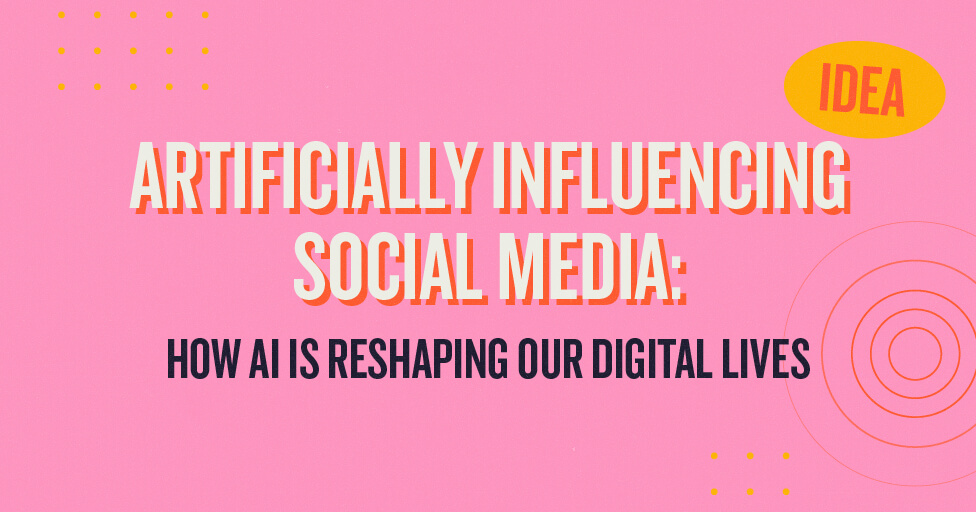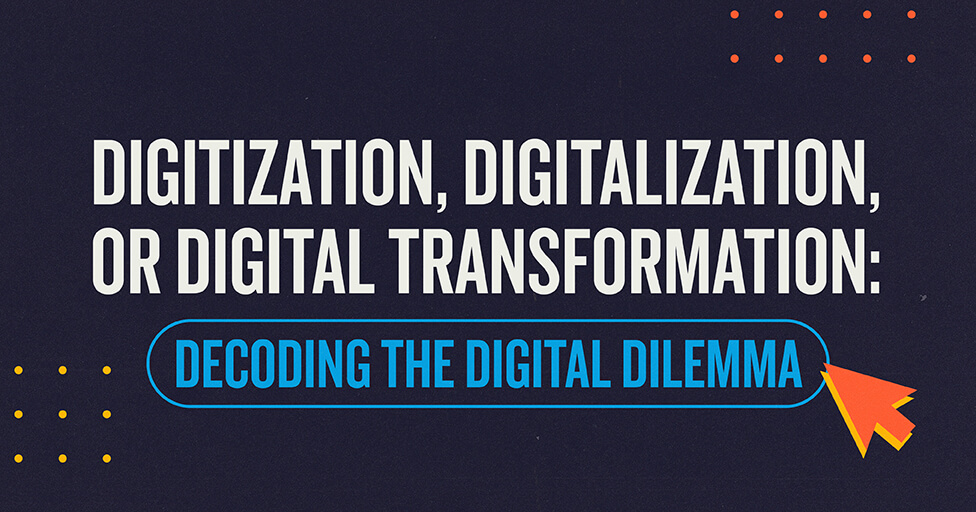
The last year has changed the way consumers interact with CPG brands. The one consistency throughout all of the changes of 2020 was our reliance on the digital world to help us endure the chaos of the real world. From an increase in media consumption to the growth of ecommerce sales, consumers use of digital devices—and the services they offer—skyrocketed. It is no surprise that the COVID-19 crisis led to a 45% increase in Amazon’s grocery business in the US, according to McKinsey. Or that online ecommerce sales are projected to top $4.8 trillion in 2021 with almost $8 billion from the CPG category, according to Statica. Now, more than ever in modern day history, the consumer purchase journey—from initial interest to purchase to review—is taking place online. The post-COVID, digital-first consumer looks and acts a lot different than they did last March. Here are three tips on how to adapt with them.
1. Emphasize the customer experience (CX)
Historically, packaged goods brands have focused primarily on the in-store experience. Retail displays and in-store promotions have been a main focus of CPG marketers. COVID-19 changed all of this when consumers were unwilling, and sometimes unable, to shop in-person. As online sales have taken off, CPG brands are playing quick catchup when it comes to CX. Today, the customer experience online is pivotal, especially if brands are trying to bypass retailers and go straight to the cart. As a CPG marketer, make sure the experience the consumer has on your website, app or platform is flawless. Consumer generated reviews, high resolution images, fast response time, customer service support and much, much more are all features that will add to the customer experience and build brand loyalty. We’ve got a few tips for creating effective landing pages. Or check out our digital capabilities here to get your online presence where it needs to be.
2. Go directly to the consumer
Having an additional platform to sell a product—not just the store shelf—means that CPG marketers aren’t relying on retailers like they once had to. Both small and big brands can reach the consumer digitally and, most importantly, directly. And we’re not just talking subscription-based products here. Yes, subscription services were a highlight of 2020 but don’t put yourself in a box…literally. There are endless ways to reach the consumer directly that doesn’t involve a weekly shipment to their house. And social media apps, like Instagram, are set to be the biggest ecommerce channel. Instagram has extended its shopping features to capitalize on consumers’ desires to stay in one place for their entire buying journey. From point of discovery to point of purchase, it can all happen without even closing an app. CPG brands big and small can take advantage of consumers who rely on apps like Instagram to help them with their purchase decisions while also building an even closer relationship with them.
3. Find new audiences online
To say everyone is online is a bit of a stretch, but to say more people than ever are relying on their devices for everyday use would be pretty accurate. There are many reasons for this shift, but two recent ones include baby boomers getting online and millennials taking control. The pandemic led to the increase in the use of online services—i.e. grocery delivery—especially from baby boomers. This generation may have been timid to really dive into the internet pre-COVID-19, but their fear of the virus was even greater. In addition, millennials are taking over with the greatest share of shopping power—predicted to have a 29% share of CPG dollars in 2021, according to IRI. Add on the propensity of shoppers to switch brands, given the recent shortage of many products and exposure to new brands while shopping online, and there is a great opportunity to gain new consumers. If you’re still solely relying on your 2019 target audiences, it may be time to reevaluate.
Like the COVID-19 pandemic, changes in shopping habits will be ongoing. The consumer—and the way they engage with brands—will continue to evolve. Stay with them or risk losing them.
Subscribe to our newsletter
Get our insights and perspectives delivered to your inbox.


